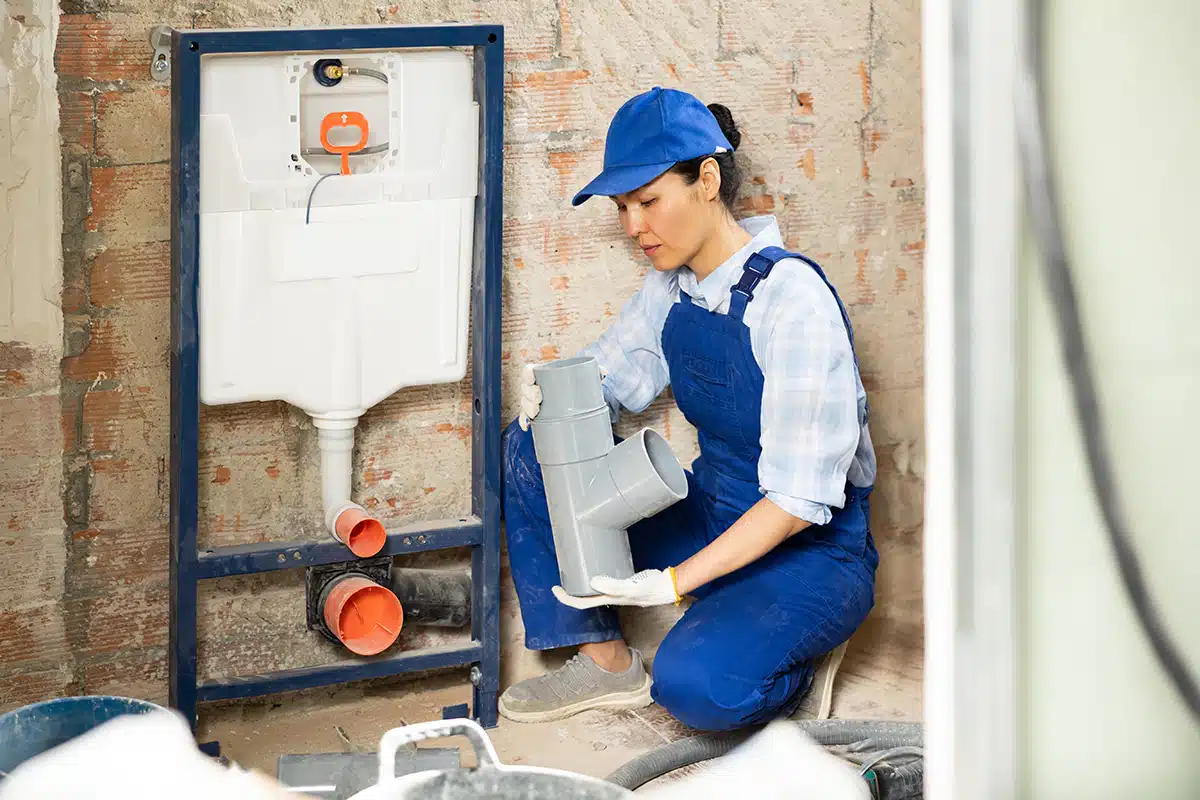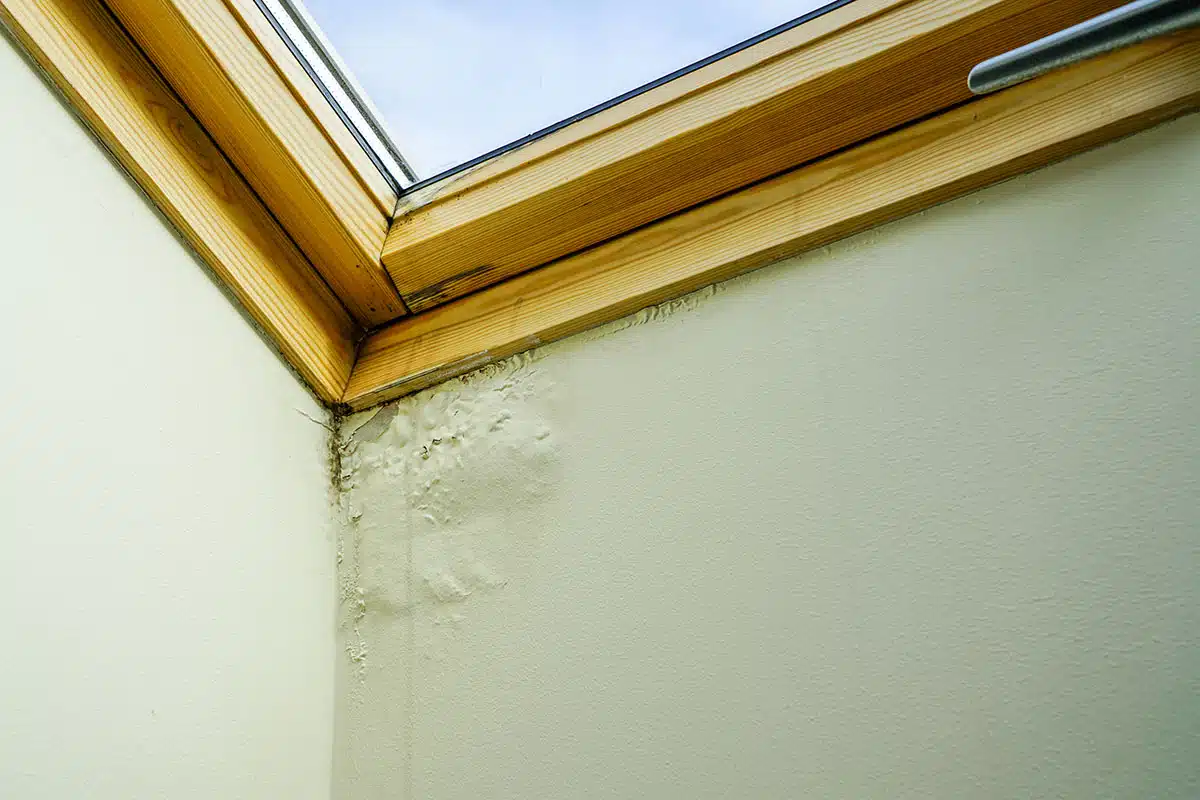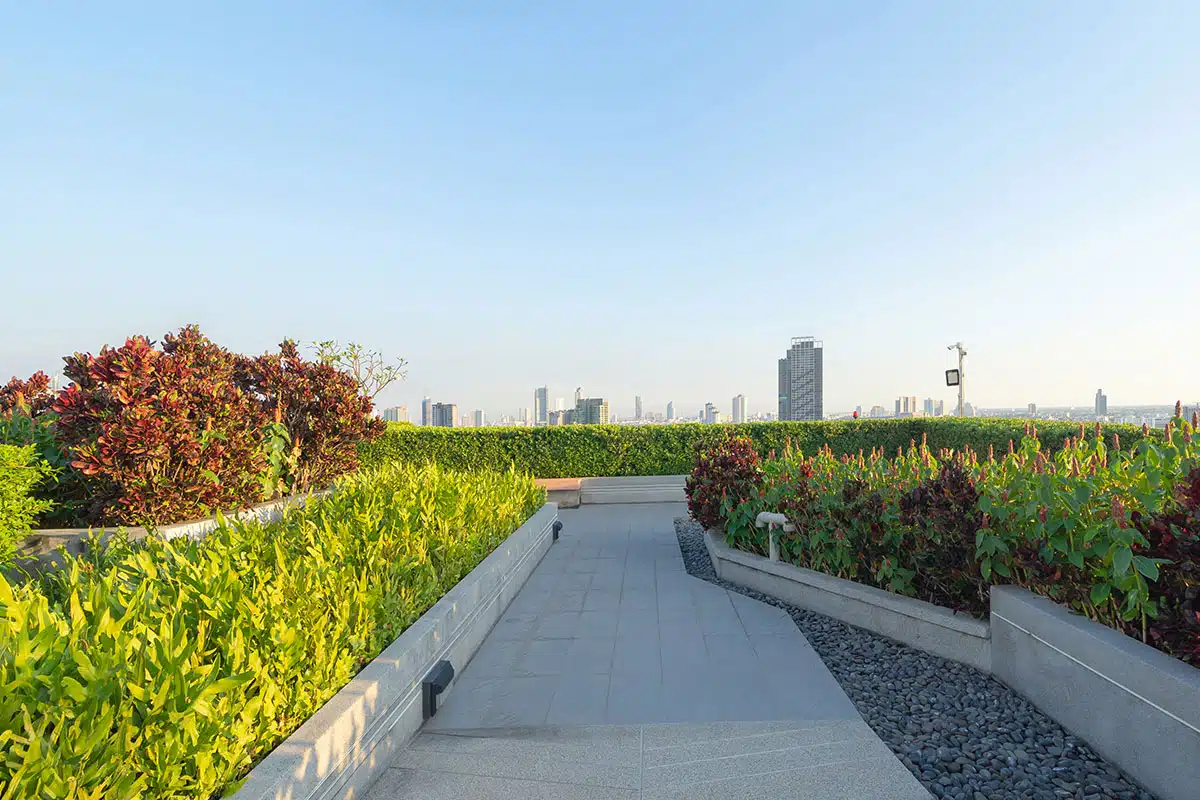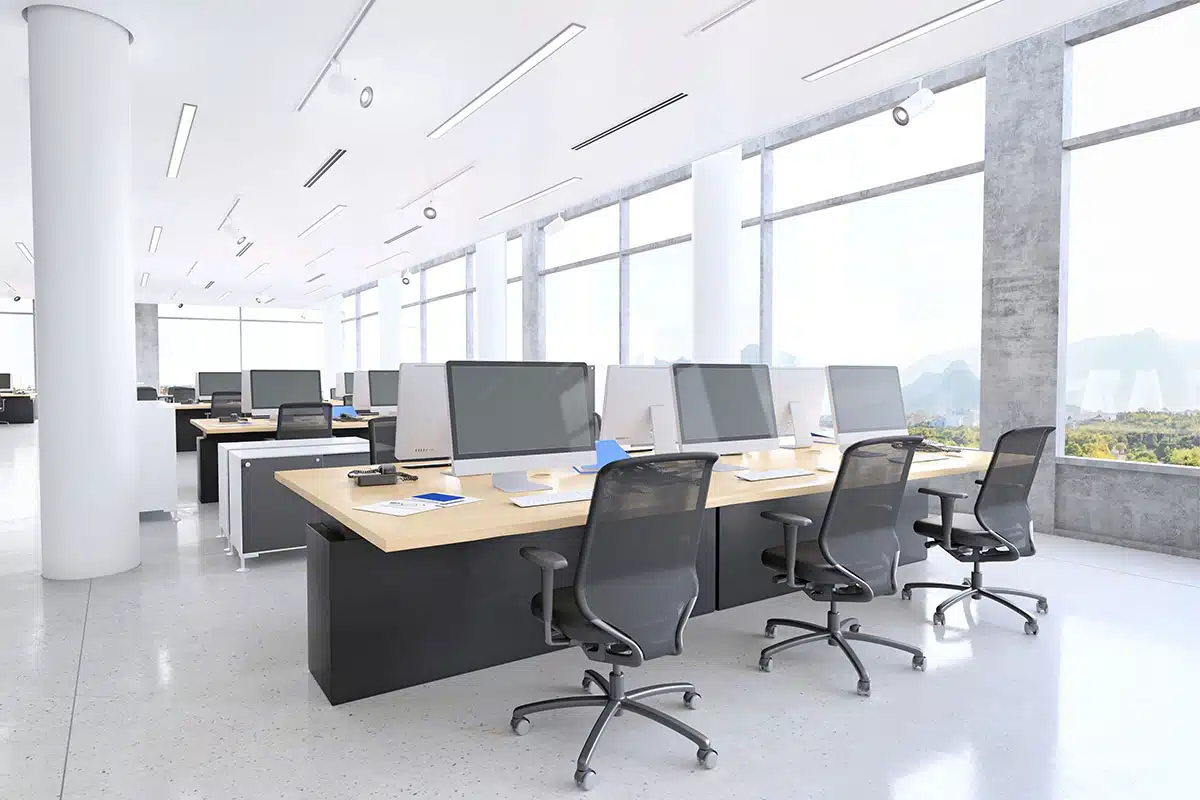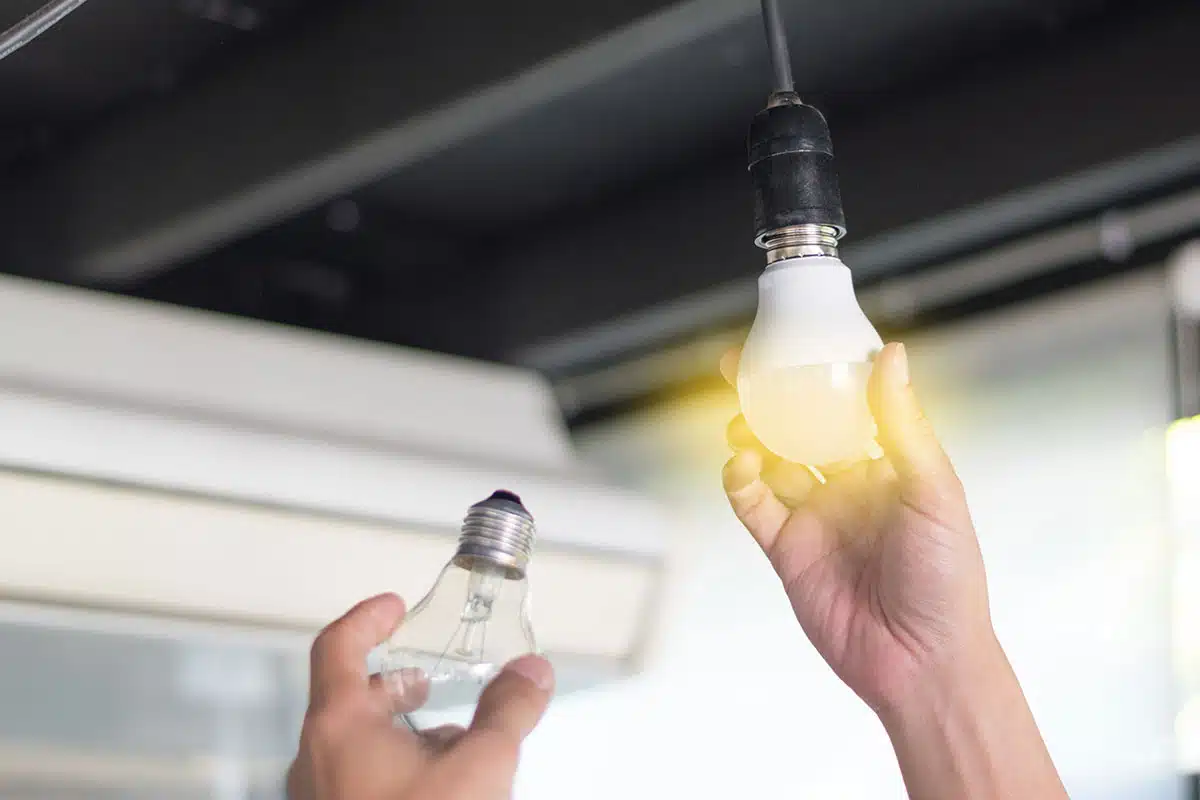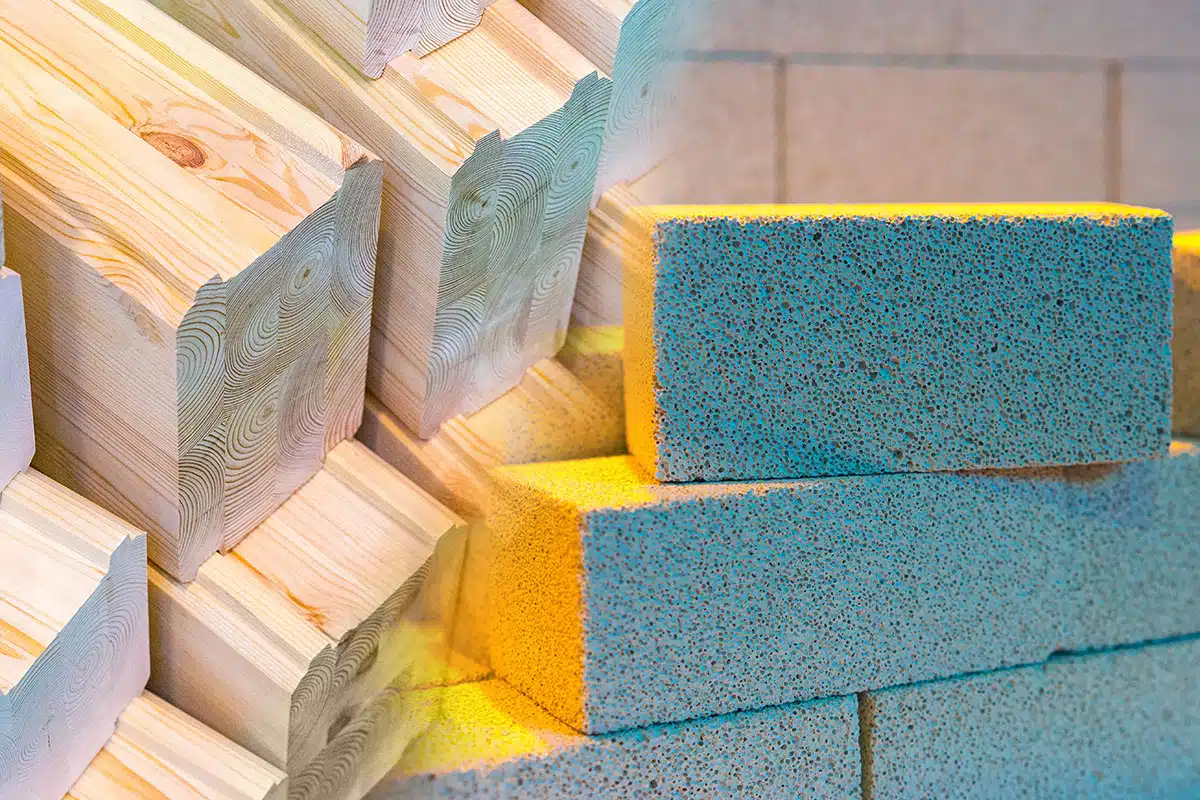Casino Resort Finds Hospitality Staffing Solution
Red Hawk Resort + Casino has seen significant growth since its launch in December 2008, offering a rich mix of world-class entertainment, gaming, and dining experiences. The casino has boosted tourism and economic growth in the region and created over 1,000 jobs in El Dorado County with additions like the Apex entertainment complex and a 156-room hotel, but has the same hospitality staffing challenges faced by hotels nationwide.
The Challenge: Hospitality Staffing Shortage
With more than 10,000 guests visiting daily and nearly 200,000 square feet of facilities, it is crucial for Red Hawk to hire talented, dedicated staff to ensure the best possible guest experience—an ongoing challenge throughout the hospitality industry. According to a report from the American Hotel and Lodging Association, 67% of hotel operators are short-staffed, and 12% said they are “severely understaffed,” impacting their ability to operate effectively.
“Hiring can be difficult,” said Matt Montano, HR Manager at Red Hawk. “We require more background checks in the gaming industry, so finding people that can work can be difficult. Then finding people to do some of the tougher jobs, like our janitorial and custodial positions add to the challenge.”
Montano and his team tried various recruiting methods, including popular online job platforms, job fairs, and local contract firms, but shortages persisted. Then he learned about PRIDE Industries through a software partner that worked with both firms.
The Solution: Work Groups with People with Disabilities
Red Hawk partnered with PRIDE Industries to implement an innovative hospitality staffing solution: supported work groups. Within a matter of weeks, PRIDE Industries had created a dedicated workforce comprised of several teams of three-four employees, each with its own dedicated employment coach. PRIDE Industries even handled employee transportation.
The work groups, all hired and on-boarded by PRIDE Industries, were assigned to custodial roles throughout the casino. The teams excel at essential custodial tasks, including cleaning the gaming floor, restrooms, and other guest occupied spaces.
Red Hawk has experienced firsthand all the advantages of an inclusive workforce, including low employee turnover, high morale, reliability, and enhanced customer satisfaction. These benefits have made a positive difference for Red Hawk’s guests and staff.
Julia Yah a PRIDE Industries employment coach at Red Hawk, noted the positive impact: “With one of our employees, any time she laughs, everybody laughs with her. She’s always checking in with everybody, saying hello, everyone saying good morning, and it brings brightness and smiles to the entire team.”
Beyond the increase in both guest and employee satisfaction, Red Hawk’s hiring team is also working more efficiently.
“The cost of hiring an employee can be expensive, but with this partnership, PRIDE Industries is the employer,” said Montana. “We just need to do the training on our systems, which saves us time. Plus, with PRIDE Industries providing the on-site coaching and transportation, it’s easy.”
The Results: Hospitality Staffing Made Easy
Including people with disabilities has improved Red Hawk’s workforce, allowing the company to maintain consistent staffing even in the busiest of times.
Red Hawk is not the only company to experience the benefits of an inclusive workforce. The business advantages of hiring people with disabilities are proven, if not well known. A 2023 study from Accenture found that companies that actively employ and support people with disabilities achieve 1.6 times more revenue, 2.6 times more net income, and twice the economic profit.
Red Hawk’s Environmental Services Manager Roxanna Carlson has seen these benefits firsthand. “Our experience hiring people with disabilities has been great,” she said. “They are some of our most productive employees. We have had very good attendance and retention. They have been incredibly dependable.”
Services Provided
- Custodial
- Employment coaching
- Transportation

“The cost of hiring an employee can be expensive, but with this partnership, PRIDE Industries is the employer. We just need to do the training on our systems, which saves us time.”
—Matt Montano, HR Manager at Red Hawk

